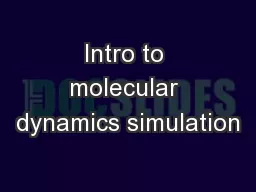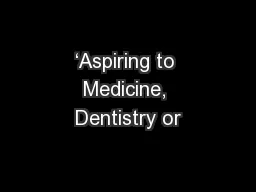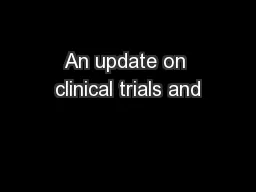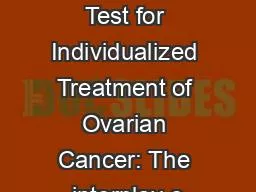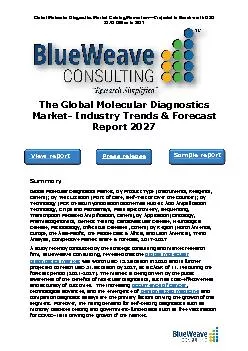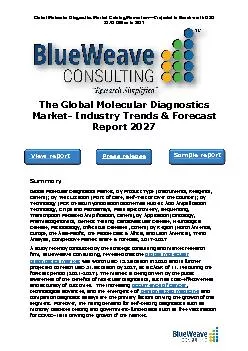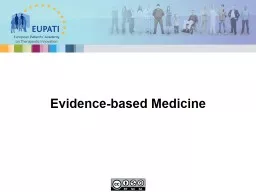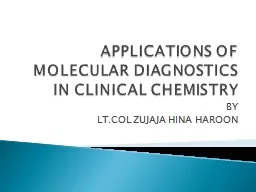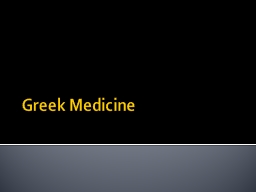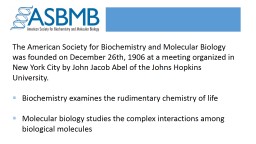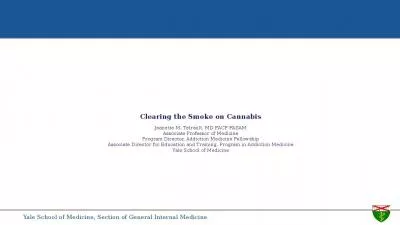PDF-European Journal of Molecular Clinical Medicine
Author : emmy | Published Date : 2022-09-02
ISSN 2515 8260 Volume 07 Issue 01 2020 1943 PREVALENCE OF IMPACTED TEETH AMONG DENTAL PATIENTS AN INSTITUTIONAL STUDY Nurul Husniyah binti Che Soh 1 Santhosh
Presentation Embed Code
Download Presentation
Download Presentation The PPT/PDF document "European Journal of Molecular Clinical ..." is the property of its rightful owner. Permission is granted to download and print the materials on this website for personal, non-commercial use only, and to display it on your personal computer provided you do not modify the materials and that you retain all copyright notices contained in the materials. By downloading content from our website, you accept the terms of this agreement.
European Journal of Molecular Clinical Medicine: Transcript
Download Rules Of Document
"European Journal of Molecular Clinical Medicine"The content belongs to its owner. You may download and print it for personal use, without modification, and keep all copyright notices. By downloading, you agree to these terms.
Related Documents


